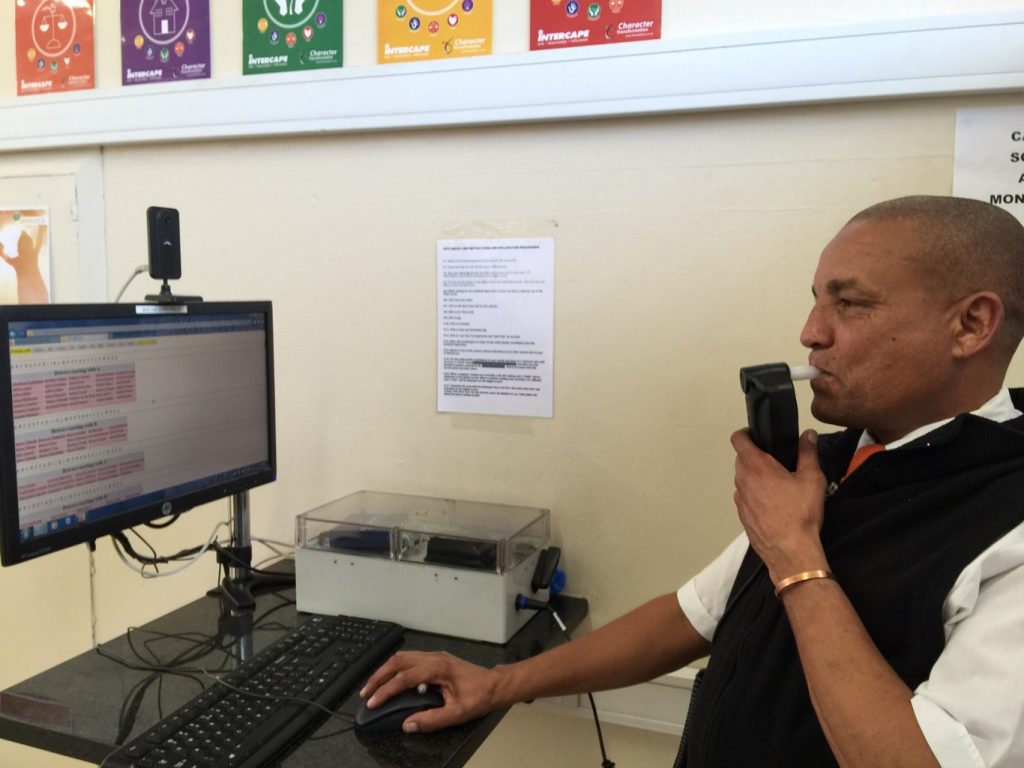As was once brilliantly stated by Benjamin Franklin, the bitterness of poor quality is remembered long after the sweetness of a low price.
This rings true for all South Africans, especially when a low price is so tempting during the economic decline that we are currently faced with. Often we go for price over quality, and this is no different when it comes to the procurement of health and safety products within a company such as breathalysers and drug testing equipment.
Factors to consider when buying equipment
It is strategic to think of the purchase of business equipment as an investment and the company’s substance abuse testing equipment is no different. The business owner should take into consideration the repercussions and expense that he would face, should the equipment not deliver accurate readings or worse yet, fail when being used.
The total cost of ownership should also be factored into the purchase decision as a cheaper product may not last as long and require regular repairs and calibration. Owners and management should also to invest time in educating the procurement departments as to the total cost of ownership.
Long term benefits of investing in a quality system
A quality alcohol and drug testing system can help a company lower its accident rates and reduce its financial losses associated with accidents. It also lowers absenteeism rates and reduces alcohol abuse in the workplace, with the result that employees also perform better.
The test results are also trusted and employees that test positive have no room to question the results or the equipment.
Why cheap instruments cost more
In many instances, the initial cost of a breathalyser may be cheaper, but the cost of the product over its life span can easily be triple that of the initial cost outlay should you purchase inferior equipment.
A cheap instrument is likely to break very quickly and will require frequent repairs. It will certainly need to be replaced much faster than a quality instrument, which can last from seven to ten years.
It also needs to be recalibrated more often, with some of them requiring recalibration after every five hundred tests. A failure to recalibrate the machine affects the reliability of the readings.
A cheap breathalyser may also cost the company a fortune in legal fees. According to the Occupational Health and Safety Act of 1993, employers may not allow any person who is, or appears to be, under the influence of alcohol or drugs to enter into the workplace. The Act also recommends that employers use reasonably practical means to make sure that they enforce the Act.
While this provides employers with the legal basis to implement alcohol and drug testing on their employees, there is no room for faulty results, as the consequences are very stringent for employees who test positive. Should the company falsely accuse an employee of being under the influence having used an inaccurate instrument, then the company might incur legal costs which include attorney fees and back-pay for an employee who was not contributing to the organisation since their initial dismissal. It is therefore important that testing equipment must be accredited and have a reputation of strong reliability, ensuring that the results can withstand a challenge in the courts.
Empowering the procurer
For many companies, the most effective purchasing method is for the department using the testing equipment (the end-user) to first provide the procurement department with clear specifications of what they require. The procurement department is then tasked with finding the cheapest supplier that meets those requirements.
Unfortunately, this is not always the best approach as inferior products may feature the same specifications, however, they are manufactured to a lower standard of quality and won’t last as long as a better quality product.
In some instances, the end-user does not provide their input into the purchasing of testing equipment. In such cases, the procurement department may choose equipment that is the most financially viable and because of their lack of experience on the qualities to look for, they may end up choosing the cheapest model or one that that looks fancy but lacks substance.
Editorial contacts
ALCO-Safe
Rhys Evans
Managing Director
